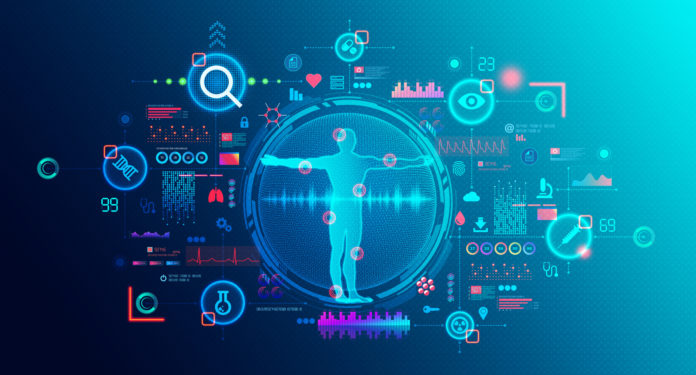
Clinical trials are crucial for developing new treatments and medications because they evaluate their safety and effectiveness. Reporting clinical trial data is just as important because it allows researchers, sponsors, and regulatory agencies to make informed decisions based on the results.
Historically, clinical trial reporting was a manual process that was time-consuming, prone to errors, and inconsistent. However, with technological advancements, automated clinical trial reporting has solved these problems. It uses software and technology to streamline and automate clinical trial reporting.
This innovative approach has several benefits over manual reporting. In particular, clinical metadata impacted COVID 19 research and has been a crucial factor in the effort to make informed decisions and faster progress in developing treatments for the disease. With the ability to automate data collection, automated clinical trial reporting has enabled researchers to respond to the COVID-19 pandemic promptly and effectively.
Learn more about the benefits of automated clinical trial reporting by reading further.
- Increased Efficiency
With technology and software, clinical trial reporting gets streamlined and automated, reducing the chances of manual errors. The manual process can be slow and full of mistakes, but automated clinical trial reporting eliminates these problems. It leads to faster, more accurate reporting because it eliminates manual data entry. The technology also helps to avoid mistakes through its algorithms and data checks, leading to more accurate reports.
Moreover, automated clinical trial reporting allows for real-time reporting and analysis, making it easier for researchers, sponsors, and regulators to make informed decisions. And quicker and more accurate reporting means clinical trials can progress faster, leading to the accelerated rollout of new treatments and drug development.
- Improved Data Quality
Automated reporting systems run data validation to guarantee the data reported meets quality, accuracy, and completeness standards.
Data validation is verifying the data to ensure it meets the set criteria for the study. This process involves checking for missing or incomplete data, data outside a specific range, and data that goes against established protocols. Automated reporting systems can do these checks in real time, lowering the risk of mistakes and oversights in the reported data.
As a result of these checks, automated clinical trial reporting produces data that’s complete, accurate, and consistent. Automated systems can apply data validation rules quickly and consistently, minimizing human error and ensuring data is reported according to the study’s standards.
- Enhanced Data Security
Automated clinical trial reporting also improves data security, a primary concern in clinical research. The secure and centralized storage system used in automated reporting keeps all data in one place, lowering the risk of data loss or theft.
With manual reporting, there’s a higher chance data could be lost, misfiled, or accessed by unauthorized people. But automated reporting eliminates these risks by implementing tight security measures and access controls, ensuring data is always protected.
The centralized storage system also simplifies monitoring and managing data, making it easier to spot and prevent security breaches. Furthermore, automated reporting systems typically use encrypted communication to transmit data, providing an added layer of protection.
- Better Collaboration
Another benefit of automated clinical trial reporting is improved collaboration among various stakeholders involved in the trial. Automated reporting enables real-time collaboration, allowing researchers, sponsors, and regulators to access and share data quickly and efficiently.
Real-time collaboration is a significant advantage of automated reporting as it lets stakeholders access current information and make informed decisions throughout the trial. Researchers can collaborate to share insights and ideas, while sponsors can keep track of the trial’s progress and make any necessary changes.
Additionally, automated reporting boosts collaboration between researchers, sponsors, and regulators. Regulators can access and review data more efficiently, helping to make sure trials follow relevant regulations and guidelines. This improved collaboration can lead to faster and more effective decision-making, accelerating the process of bringing new treatments and therapies to market.
- Improved Compliance
Automated clinical trial reporting improves compliance with regulatory standards and reduces the risk of non-compliance penalties. The many regulatory requirements for clinical trials can be tough to keep track of, but automated reporting helps researchers stay on top of them. By automating the reporting process, researchers can be confident that they’re meeting all requirements and following the regulatory environment.
Moreover, accuracy and completeness of data are crucial for regulatory compliance, and automated reporting helps ensure both. With automated systems, all relevant information is accurately captured and easily accessible, reducing the risk of errors or omissions that can lead to penalties.
Automated reporting also helps avoid missing critical data or failing to report results promptly, reducing the risk of non-compliance.
Conclusion
Given the benefits of automated clinical trial reporting, it’s undeniable that this technology will play an increasingly important role in the future of clinical trial reporting. It’s poised to bring significant advancements to the industry, and stakeholders are urged to take advantage of its value.








